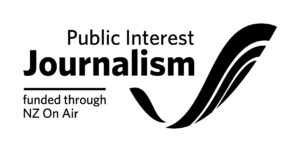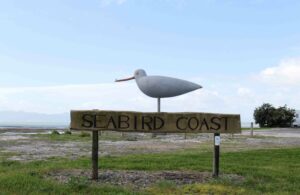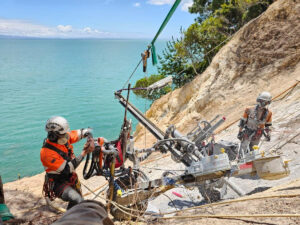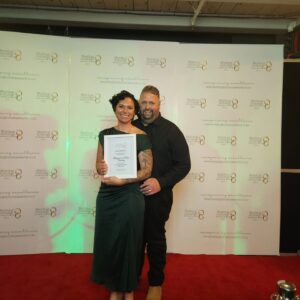Thames Community Board members have held off making a firm decision about where the town’s future pool facility will sit, despite a recommendation saying the local high school was the best location.
The board was presented with three business case options: one that looked into housing the new facility at Thames High School, a second which catered to a sub-regional pool at Kōpū South, and a third which compared both sites alongside another choice – to “do nothing”.
All but two board members agreed with the latter option: to proceed with a business case that compared Thames High and Kōpū South, or whether it was best to park the project for the meantime.
“We’d be derelicting our duties as elected members if we didn’t look at every single cost of the two pools sites and a ‘do nothing’ option,” board chair Adrian Catran said. “Somebody could come back and say to us: ‘Did you think about not building a pool? Did you think about Kōpū? Did you think about Thames?”
With Thames’ current Centennial Pool located on an urupā at Taipari Park, it needs to be removed by 2027 and the land returned to Ngāti Maru.
According to a report presented to members at the February 21 meeting, a Thames and Sub-Region Aquatic Provision Feasibility Study concluded that “future aquatic provision should be focused on delivering a local aquatic facility at Thames High School”.
As to whether it should be an indoor or outdoor facility would be determined once community feedback had been obtained.
However, the recommended location in the feasibility study for a sub-regional aquatic facility was a privately-owned site in Kōpū South, known as the “ex-Carter Holt Harvey site”.
Both sites came with pros and cons.
For the local facility, the positives were that it would be accessible within the Thames township, it would build on a successful school/community partnership; it would have a lower operating risk; and would come at a lower project cost of roughly $40m.
Its negatives were that it’d be a smaller facility with less appeal, it would have limited to no growth potential, it would have minimal external investment, and it would likely be majority funded by council.
For the sub-regional Kōpū facility, the positives were that it’d be a larger, extensive facility with greater appeal, it would have the potential to align with future population growth, it would have some tourist appeal, and could potentially obtain external funding.
Its negatives were that it’d be located outside of Thames which could impact the willingness of residents to travel farther afield, and that it could come at a higher operating and capital cost of roughly $70m.
Board member Holly McKenzie agreed with option three – to move ahead with a business case that would compare all three options before the findings were brought back to the board in July.
“I’m a firm believer in leaving no stone unturned,” she said. “It’s very important that we have all the answers and have all the information for everyone to make a decision.”
While most other elected members concurred, board member Cr Robyn Sinclair voted against the motion while Cr Martin Rodley abstained.
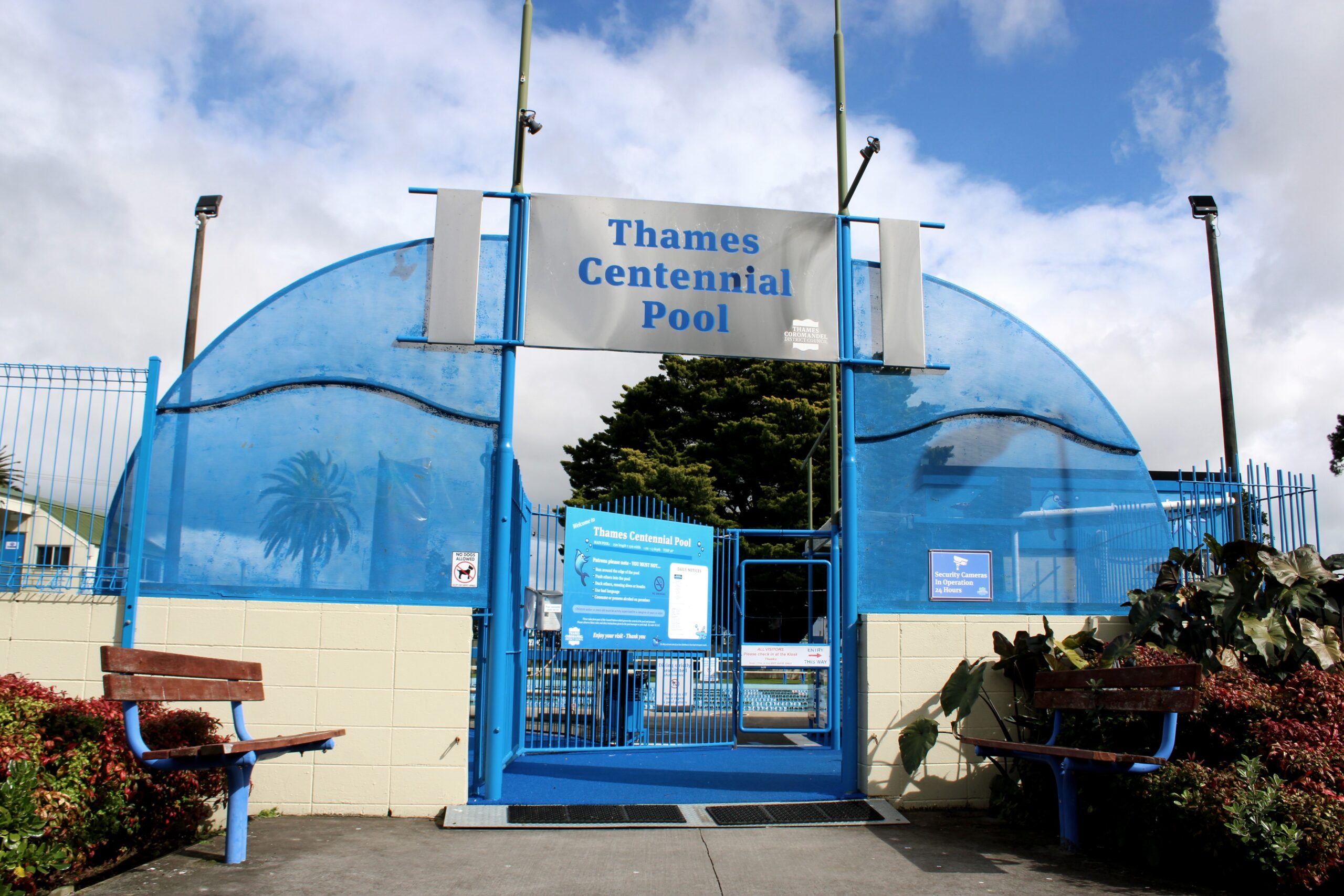
Thames’ Centennial Pool needs to be removed by 2027. PHOTO: KELLEY TANTAU
Two horse race for potential pool site
